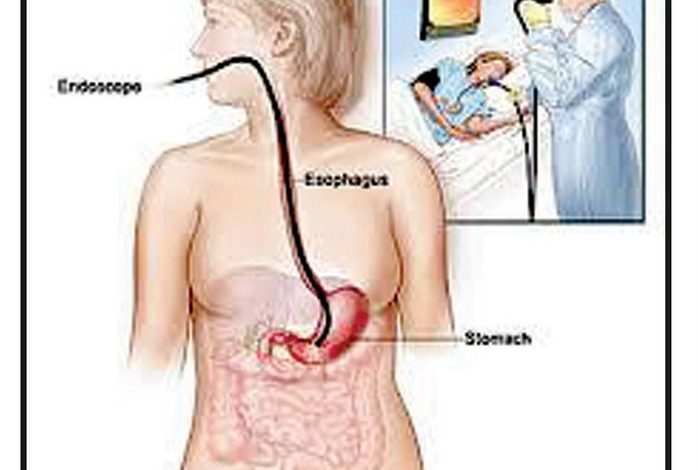

Digestive Health
By Dr Saravana.K
An upper endoscopy is a procedure used to visually examine your oesophagus, stomach and beginning of the small intestine (duodenum).
Your doctor may recommend an endoscopy to:
- To determine what’s causing digestive signs and symptoms, such as nausea, vomiting, abdominal pain, difficulty swallowing and gastrointestinal bleeding.
- To collect tissue samples to test for diseases and conditions such as anaemia, bleeding, inflammation, diarrhoea or cancers of the digestive system.
- Your doctor can pass special tools through the endoscope to treat problems, such as burning a bleeding vessel to stop bleeding, clipping off a polyp or removing a foreign object.
Your doctor will give you specific instructions to prepare for your endoscopy. In some cases your doctor may ask that you:
- Fast four to eight hours before your endoscopy to ensure your stomach is empty for the procedure.
- Stop taking certain medications. You may be asked to stop taking certain blood-thinning medications in the days before your endoscopy. If you have chronic conditions, such as diabetes, heart disease or high blood pressure, your doctor will give you specific instructions regarding your medications.


During an upper endoscopy procedure, you’ll be asked to lie down on a table on your back or on your side. Monitors often will be attached to your body to allow your healthcare team to monitor your breathing, blood pressure and heart rate. You may receive a sedative medication through a vein in your forearm. This medication helps you relax during the endoscopy.
Your doctor may spray an anaesthetic in your mouth to numb your throat in preparation for insertion of the long, flexible tube. You may be asked to wear a plastic mouth guard to hold your mouth open. Then the endoscope is inserted in your mouth. Your doctor may ask you to swallow as the scope passes down your throat. You may feel some pressure in your throat, but you shouldn’t feel pain.


Gentle air pressure may be fed into your oesophagus to inflate your digestive tract so the endoscope can move freely and the folds of your digestive tract are more easily examined. The air can create a feeling of pressure or fullness.
Your doctor will pass special surgical tools through the endoscope to collect a tissue sample for Helicobacter Pylori test or remove a polyp. Your doctor watches the video monitor to guide the tools.
When your doctor has finished the exam, the endoscope is slowly retracted through your mouth. Endoscopy typically takes five to 20 minutes, depending on your situation.
After Endoscopy
You’ll be taken to a recovery area to sit or lie quietly after your endoscopy. You may stay for an hour or so. This allows your healthcare team to monitor you as the sedative begins to wear off.
Take it easy for the rest of the day after your endoscopy. You may feel alert, but your reaction times and judgment are delayed after receiving a sedative.


